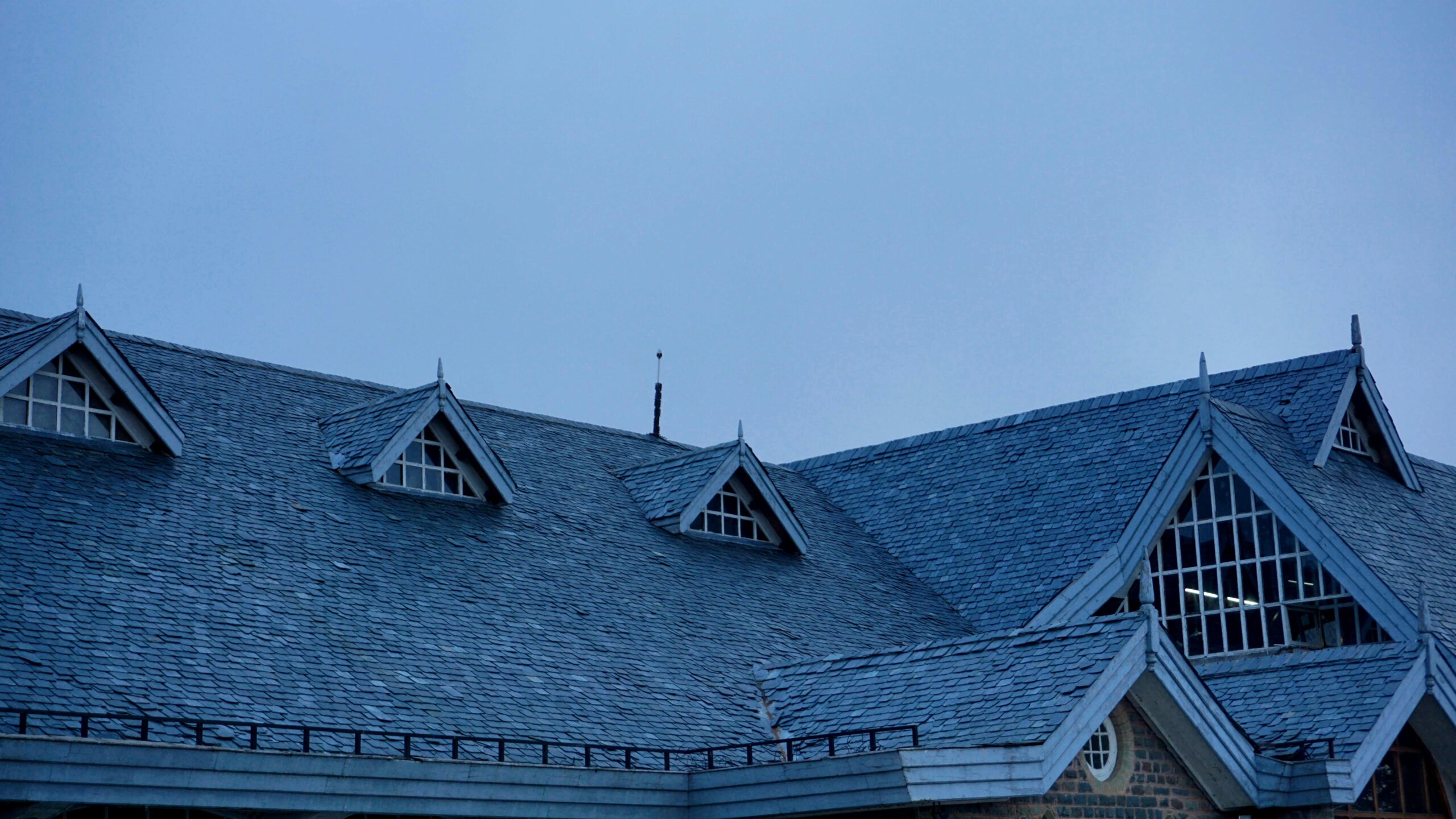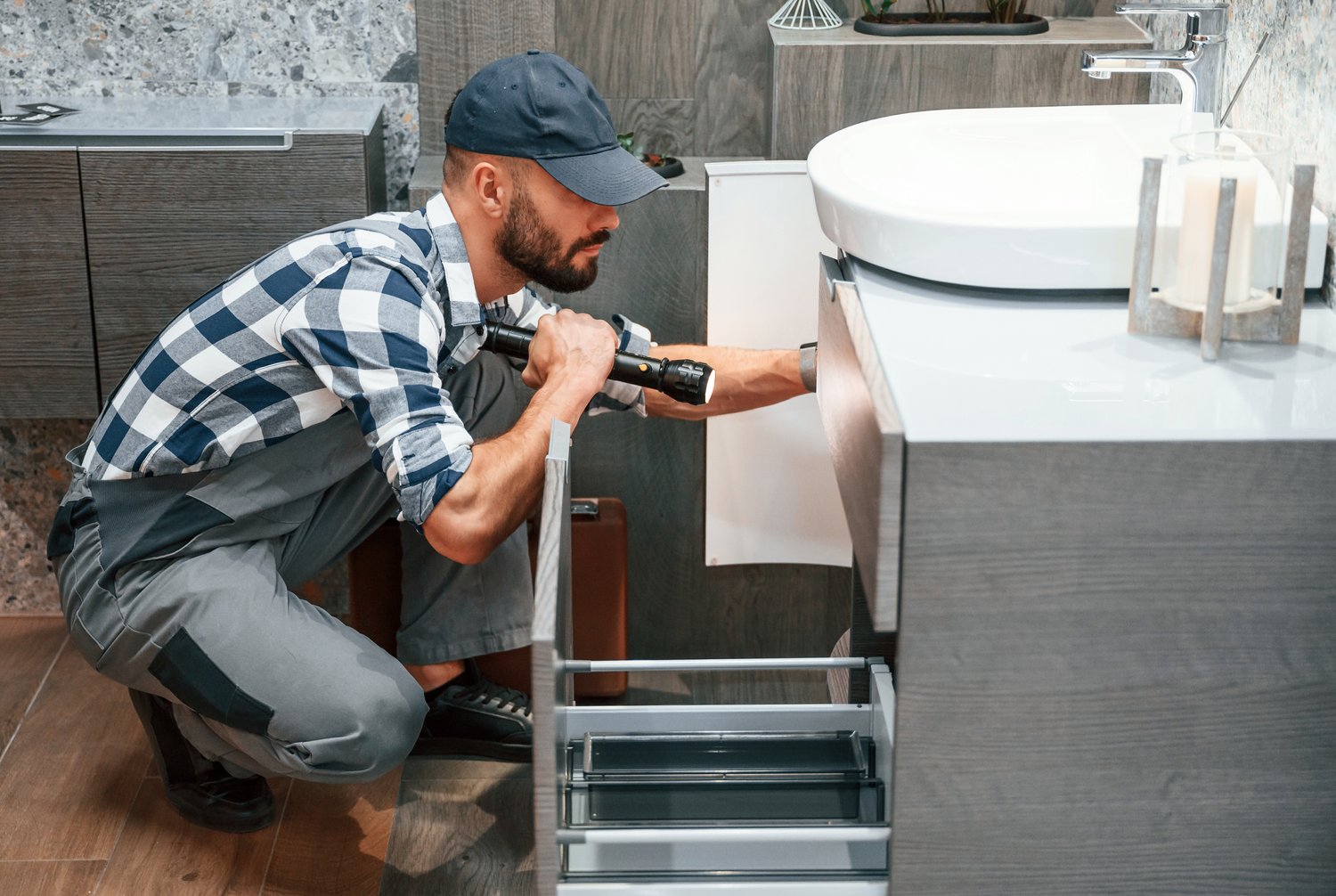Your roof serves as your home’s first line of defense against the elements, but it won’t last forever. While minor issues can often be addressed with simple repairs, certain signs indicate that a complete roof replacement is necessary. Understanding when to replace roof shingles rather than patching them can save you from costly water damage and structural problems down the line. This article highlights seven critical roof replacement indicators that suggest it’s time to invest in a new roof rather than continuing with patchwork repairs.
Widespread Granule Loss
Asphalt shingles are coated with granules that protect them from UV rays and harsh weather. While some granule loss is normal as a roof ages, excessive amounts in your gutters or downspouts signals serious deterioration. These granules resemble coarse, dark sand and may appear in large quantities after heavy rain. When you notice widespread granule loss across your roof surface, it’s one of the clearest signs you need a new roof. Without these protective granules, your shingles will deteriorate rapidly, leaving your home vulnerable to leaks and water damage. A professional roof inspection can help determine if the granule loss has progressed beyond the point where repairs would be effective.
Curling or Buckling Shingles
When shingles begin to curl at their edges or buckle in the middle, they’re showing signs of advanced wear. This curling typically occurs due to prolonged exposure to heat and moisture, causing the shingles to lose their flat profile. Curled shingles cannot effectively channel water away from your roof and are more susceptible to being torn off during high winds. If you notice this problem affecting multiple areas of your roof rather than just a few isolated shingles, it’s a strong indicator that roof replacement should be considered. According to roofing experts at AskHomey, curling shingles are often accompanied by other old roof problems that might not be immediately visible to homeowners.
Cracked or Missing Shingles
While a few cracked shingles can be individually replaced, widespread cracking across your roof surface indicates systemic failure. These cracks develop from years of exposure to temperature fluctuations, causing the shingle material to expand and contract until it ultimately breaks. Similarly, missing shingles create vulnerable spots where water can penetrate directly into your roof structure. When these issues become prevalent across large sections of your roof, repairs become inefficient and cost-ineffective compared to a complete replacement. A new roof provides uniform protection and eliminates the patchwork appearance that multiple repairs often create.
Age Beyond Expected Lifespan
Even without visible damage, a roof that has reached or exceeded its expected lifespan is a prime candidate for replacement. Most standard asphalt shingle roofs last between 20-25 years, while higher-quality materials may last 30+ years under optimal conditions. If your roof is approaching these age thresholds, it’s wise to begin planning for replacement, even if it appears functional. Older roofs typically develop multiple hidden issues that might not be apparent until they cause interior damage. Checking your home records for the installation date can help you determine if age alone is sufficient reason to consider replacement rather than continued repairs.
Sagging Roof Deck
A sagging or uneven roof surface represents one of the most serious roof replacement indicators. This problem suggests structural issues that extend beyond the shingles themselves, potentially involving the roof decking or even the supporting structure of your home. You might notice this as a drooping, warped appearance, or areas that feel spongy when walked upon (though walking on your roof is not recommended for safety reasons). Sagging typically occurs due to long-term moisture exposure, which causes the wooden structures to deteriorate and lose their load-bearing capacity. This serious problem requires immediate attention and almost always necessitates a complete roof replacement.
Persistent Leaks Despite Repairs
When you find yourself repeatedly addressing the same leaks despite multiple repair attempts, your roof is likely compromised beyond what spot repairs can fix. Water has an extraordinary ability to travel from its entry point to appear in seemingly unrelated areas of your home, making the source difficult to pinpoint. Multiple or persistent leaks suggest that the underlying waterproofing system of your roof has degraded. In these cases, continued repairs become increasingly expensive while providing diminishing returns, making roof replacement the more economical long-term solution.
Excessive Energy Bills
An often-overlooked sign of roof failure is a sudden increase in heating or cooling costs. Your roof plays a crucial role in your home’s energy efficiency by providing insulation and reflecting solar heat. As roofing materials deteriorate, they lose these insulating properties, forcing your HVAC system to work harder to maintain comfortable temperatures. If you’ve noticed steadily increasing energy bills without other apparent causes, your aging roof might be the culprit. Modern roofing materials often provide improved energy efficiency compared to older products, making replacement an opportunity to reduce long-term energy costs while addressing the underlying roof problems.
For more tips and to connect with reliable home service professionals, follow AskHomey on Facebook and Instagram.



